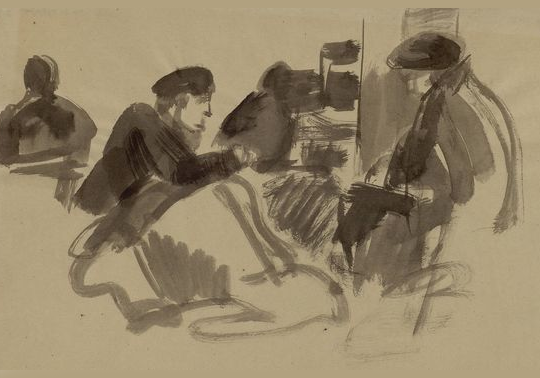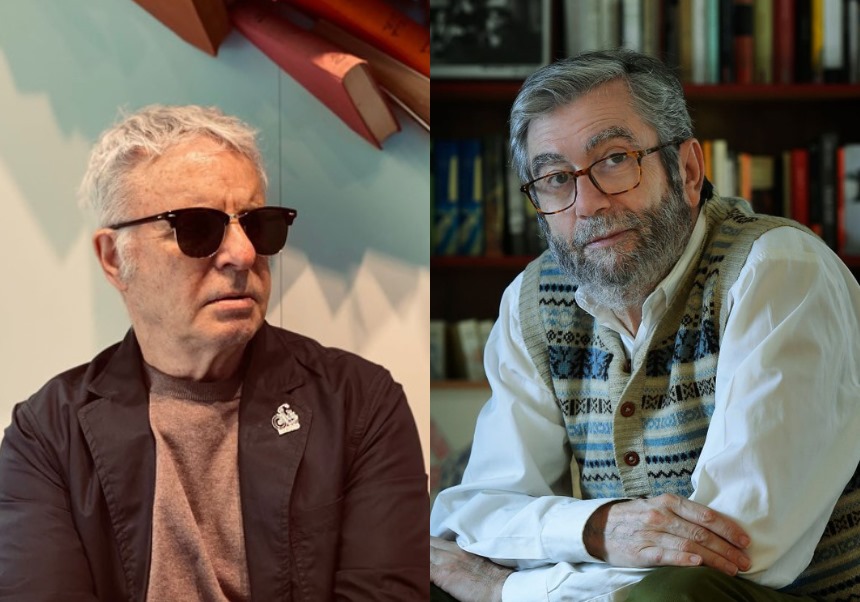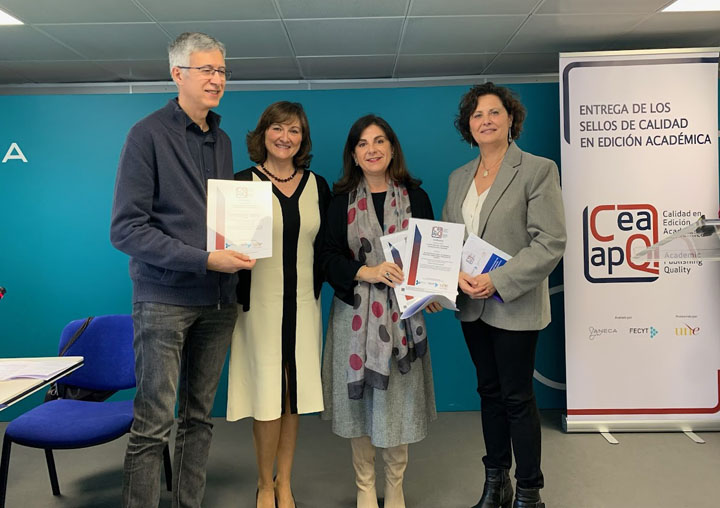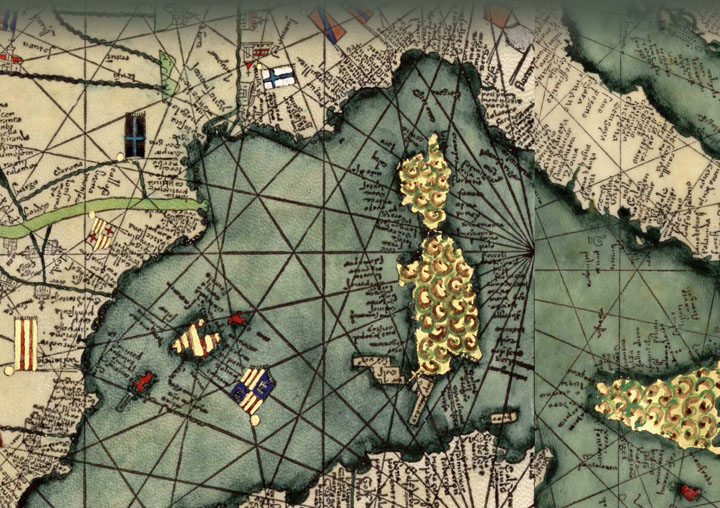La Nau hosts the presentation of the book written by the painter José Manaut who talks about the environment in the Francoist prisons
- May 29th, 2017

The Cultural Centre La Nau of the Universitat de València hosts this Tuesday 30 May at 19:00 the presentation of the book ‘Las horas muertas. Diarios y dibujos desde la prisión’ (Biblioteca Nueva, 2017). With more than 500 full colour pages, this book gathers journals and drawings made by the Valencian painter José Manaut (Llíria 1989 - Madrid 1971) in the prisons of Porlier and Carabanchel.
Soroya’s disciple was serving a sentence because of his linkage to Masonry in the 40s. The work, which is now available to the public, has more than 30 drawings. This fact turns this book into one of the most important graphic and written documents regarding the description of the environment in Francoist prisons.
The event will count on the participation of Antonio Ariño, vice-principal for Culture and Equality of the Universitat de València; Manuel Civera; mayor of Llíria; Román de la Calle, full university professor of Aesthetics and Art Theory of the Universitat de València; and Stella Manaut, daughter and director of the Manaut Museum.
All of these pictures and testimonies of the diaries which have been come to light, were taken out of prison by the painter. He hid the artworks under his clothes and gave it to his wife to do the washing. The publication is carried out by professors Federico Castro Morales and Eduardo González Calleja from Carlos III University of Madrid with the support of several institutions such as the Valencian Government, City Councils of Valencia and Llíria, and the Manaut Museum in Valencia.
About José Manaut
He was Ignacio Pinazo and Joaquín Sorolla’s student at the Academia de Bellas Artes de San Carlos (San Carlos Fine Arts Academy) of Valencia. He was granted with a scholarship to study in El Paular and, he also obtained a scholarship to study impressionism in Paris thanks to the Committee for the Promotion of Studies. Likewise, he followed the line of the Free Teaching Institution and Manuel Bartolomé Cossío, and joined the Freemasonry.
He settled in Madrid in 1928, where he worked as a professor at San Fernando Academy. Furthermore, he was member of the Circulo de Bellas Artes and the Ateneo in this city, as well as president of the Asociación de Profesores Titulares de Dibujo. In that period his painting were based on the realism and he also took the fauvism into account in 1934. However, in 1933 he gave up the Academy in order to work as a professor of secondary schools in Tortosa (from 1933 to 1935) and Ronda (1936).
During the Spanish Civil War, he was activist of the political party Acción Republicana and supporter of Partido Valencianista de Izquierda. Apart from that, he was the leader of the Cultura Popular Valenciana and joined the PCE. Once the war finished, he was sentenced to a 12 years of imprisonment by the Tribunal Especial para la Represión de la Masonería y el Comunismo. But, finally the sentence was reduced to 6 years and one day of detention in Durango. He was locked up in Carabanchel during 1943-1944, in Durango in 1944-1945 and then, he stayed in Madrid. After this, he painted and wrote some treaties about Hellenistic and Roman art, as well as some studies about Caravaggio and Sorolla.
The neuroaesthetic with Marcos Nadal
At the same time, at 19:00h in La Nau, professor of the department of Psychology of the University of Balearic Islands, Marcos Nadal, (http://www.uib.es/es/personal/ABTE4MDg5/) will give a conference titled ‘¿Qué entendemos por experiencia estética?’. The talk, which is part of the programming ‘Art i Ment’ of the Office of the Vice-Principal for Culture and Equality of the Universitat de València, will address which psychological and neuronal mechanisms allow humans to enjoy the art and the aesthetic. The neuroaesthetic arose a decade ago through the implementation of some techniques of cognitive neuroscience to some issues related with the appreciation of the art and the aesthetic. At the same time, this new field of research has been criticised. In this conference, Nadal will explain this scientific discipline that studies the aesthetic experience and the art, and secondly, to take stock of the achievements until now.
















